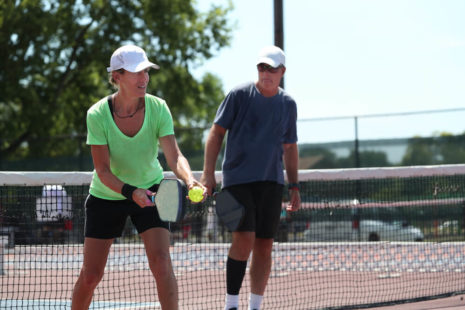While it is possible for some cases of tennis elbow to improve significantly within two weeks, a full recovery in such a short period is unlikely, especially for more severe or chronic cases. Tennis elbow, medically known as lateral epicondylitis, is a condition that involves inflammation and microtears in the tendons of the forearm muscles, specifically the extensor carpi radialis brevis tendon.
The recovery time for tennis elbow can vary from person to person and depends on several factors, including…
- The severity of the Injury – Mild cases of tennis elbow may respond well to rest, ice, and appropriate self-care measures, leading to improvement within a couple of weeks.
- Chronicity of the Condition – If the tennis elbow has been a recurring or long-standing issue, it might take more time to heal fully. Chronic cases may require several weeks or even months of consistent treatment.
- Compliance with Treatment – Following a comprehensive treatment plan and adhering to the prescribed rest, exercises, and therapies can significantly impact the recovery speed.
- Underlying Factors – Other contributing factors, such as age, overall health, and the presence of other medical conditions, can influence the healing process.
- Activity Modification – Making appropriate modifications to avoid exacerbating activities, such as gripping and repetitive forearm movements, can help speed up recovery.
Treatment for tennis elbow often includes a combination of rest, ice, physical therapy exercises, anti-inflammatory medication, and possibly the use of braces or straps to support the forearm muscles. In some cases, corticosteroid injections or other medical interventions may be recommended.
For more severe or persistent cases of tennis elbow, recovery can take longer, and ongoing management might be necessary to prevent recurrence.
If you are experiencing symptoms of tennis elbow, it’s necessary to consult with a healthcare professional, such as a doctor or physical therapist. They can provide a proper diagnosis, determine the extent of the injury, and create a personalized treatment plan to facilitate healing and prevent further issues.




